-
RÉSUMÉ : Les quatre pathologies hypertensives majeures de la grossesse sont la prééclampsie, l’hypertension chronique, la prééclampsie surajoutée à l’hypertension chronique et l’hypertension gravidique. L’apparition progressive d’une hypertension et d’une
Petit P. , Top M. , Chantraine F. , Brichant J.F. , Dewandre P.Y. , Foidart J.M.
Rev Med Liege 2009, 64(12),620-625Abstract : The four major hypertensive disorders related to pregnancy are preeclampsia, chronic hypertension, preeclampsia superimposed upon chronic hypertension, and gestational hypertension. The development of hypertension and proteinuria in pregnancy is usually due to preeclampsia, particularly in a primigravida. These findings typically become apparent in the latter part of the third trimester and progress until delivery, but some women develop symptoms in the latter half of the second trimester, or intrapartum, or the early postpartum period. Preeclampsia is characterized as mild or severe. Severe hypertension, coagulopathy, thrombocytopenia, liver function abnormalities, and fetal growth restriction are features of severe disease. Laboratory evaluation should assess haemoglobin / hematocrit and platelet count, renal and hepatic function, as well as assessment of fetal well-being and growth. Timing of delivery is based upon gestational age, maternal and fetal condition, and the severity of preeclampsia. Maternal end organ dysfunction and nonreassuring tests of fetal well-being are indications for delivery at any gestational age. Antihypertensive treatment aims at protecting the mother from severe hypertensive encephalopathy, but may jeopardize the fetus. We recommend antenatal corticosteroids (betamethasone) be given to women with preeclampsia at 26 to 34 weeks of gestation. Magnesium sulfate is more effective than phenytoin for prevention of eclamptic seizures.

